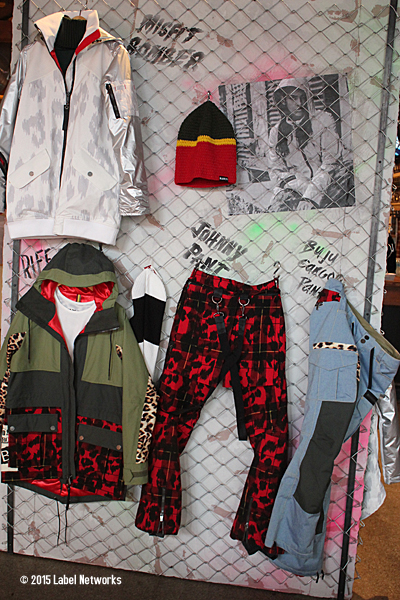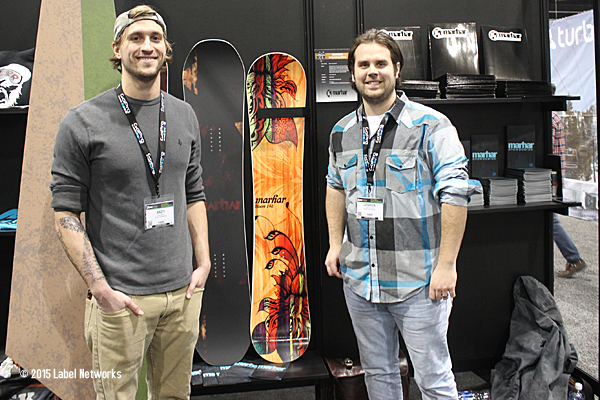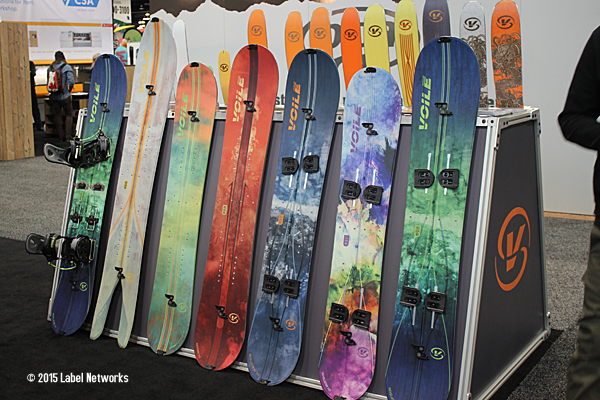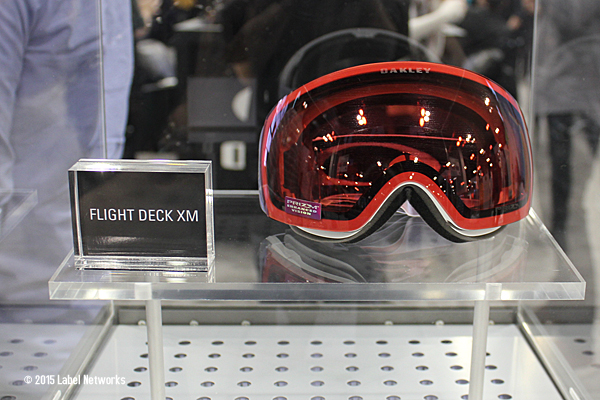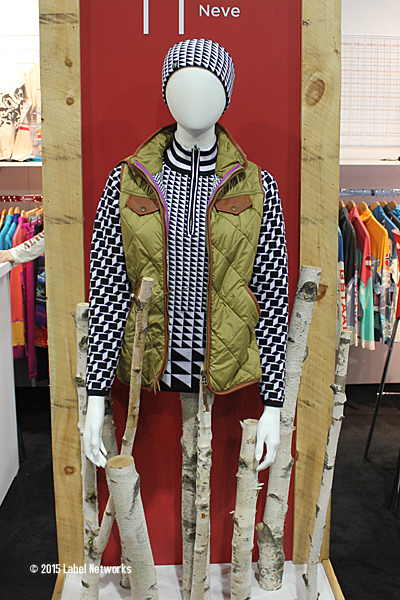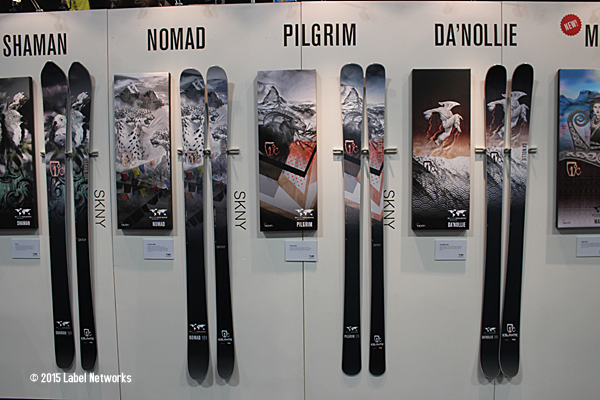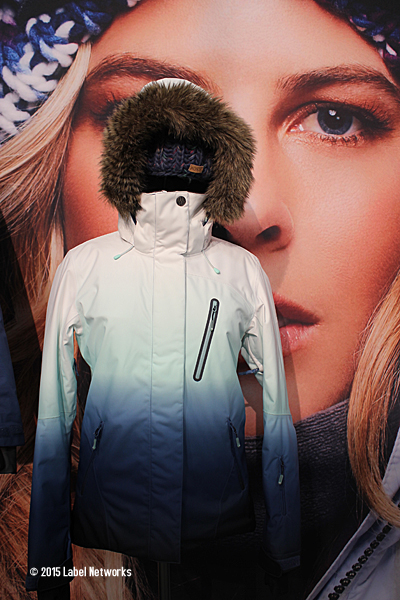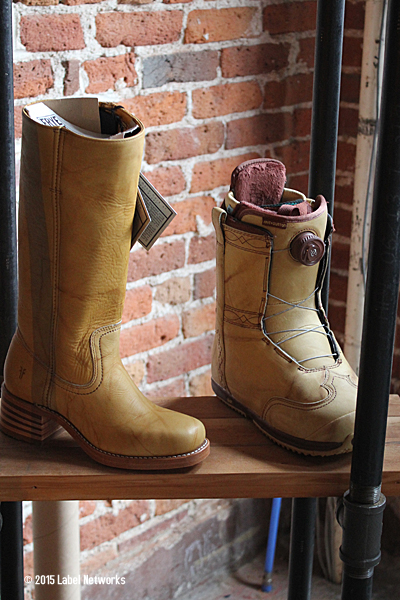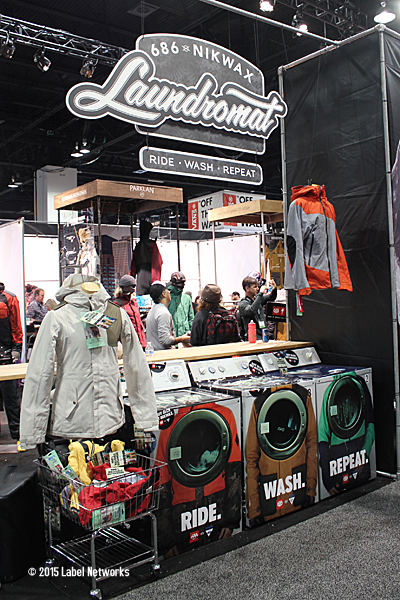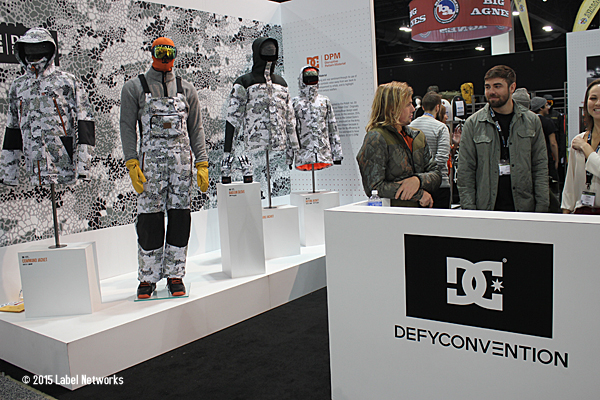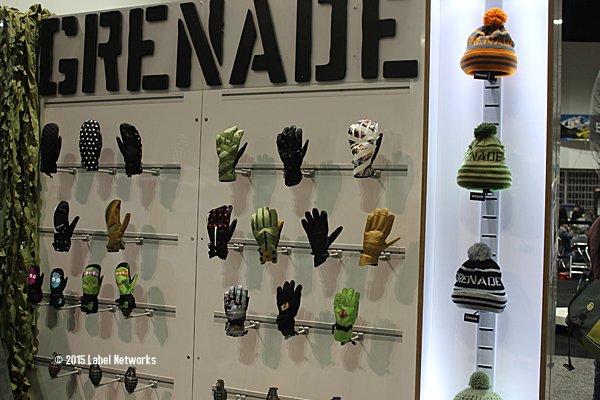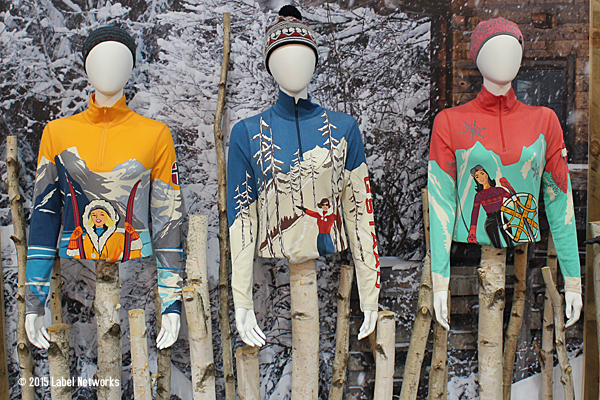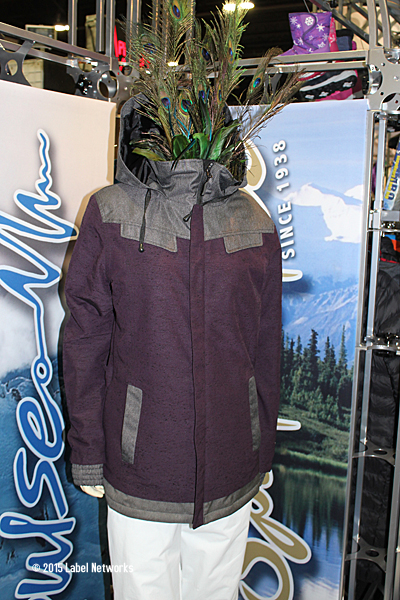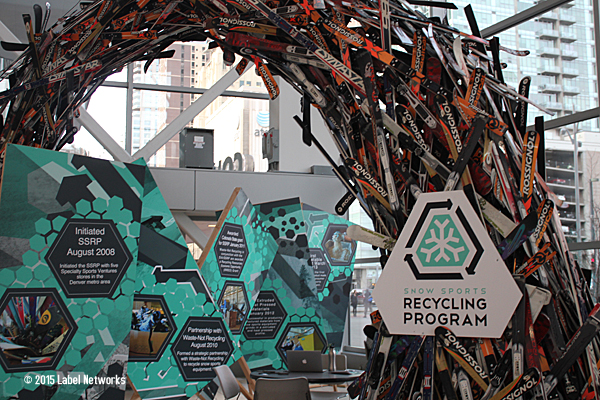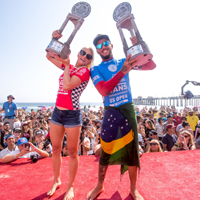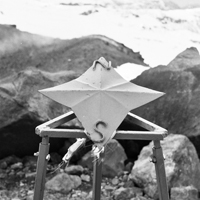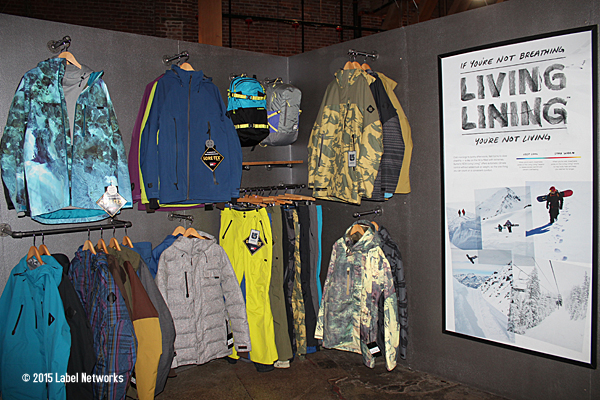
The annual Snow Industries of America (SIA) trade show in Denver, CO, January 29-30, brought together the industry of snowboarding and skiing, but with an additional boost from outdoor sportswear, athleisure brands, and wearable technology. The lines between industries are forever blurring, and based on demand from a new, DIY youth marketplace, technology is at the forefront right along with growing trends in fabrics, board mechanics, boots, and sustainability.
Ironically, while snowboarding brands in apparel and hardgoods used to have a large dose of bright colorways, it’s skiing that’s taken up the trend instead. Snowboarding, as a general rule, leads trends in terms of style in snow sports, taking tips from streetwear, skateboarding, surf, and urban contemporary. The snowboarding areas of the show also tend to have the most traffic, despite their smaller booth sizes.
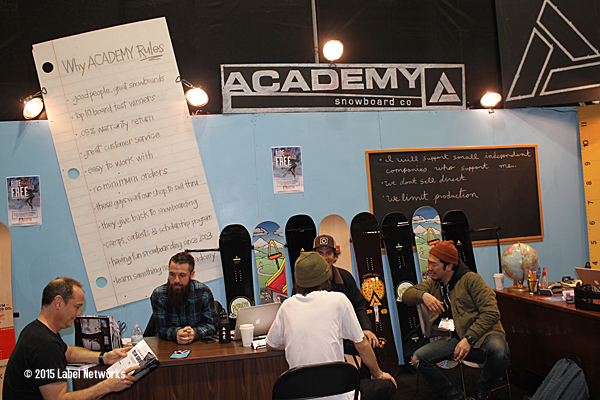
As we see in our Youth Culture Studies and research over the past 15 years, snowboarding still carries the largest percentages in terms of young people wanting to learn new winter sports. There are new demographics, specifically, that are most likely to grow the sport in the near future. However where they are turning is where the story gets very interesting. Backcountry and split boards, as seen throughout the show, and led by brands like Jeremy Jones’ Jones Boards, are at the forefront.
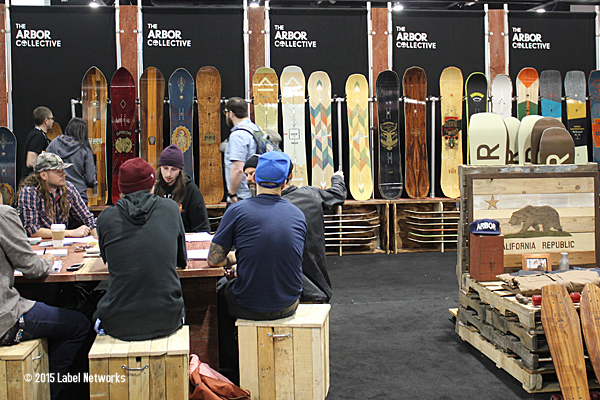
Other areas of growth include women in snowboarding and brands catering to this important marketplace, especially in figuring out the needs of women when it comes to boots. Brands like Jones or Academy are making equipment for girls who rip the backcountry. As seen in skis and snowboards, directional boards are making a comeback. Rocker technology is only a part of the mix, and camber is moving ahead. Twin tips and fat skis are also on a roll and were key parts of collections ranging from K2 to Moment.
The other area of growth, much to the chagrin of ski resorts, is the growing niche of urban snowboarding and urban freestlye skiing. This is where the punk rock aspect of the sports are revitalizing the industry of winter sports. There are growing tribes of riders and skiers who never go over 1,000 feet, and instead, seek backyard hills, parks, and inner city stair rails as potential locations for kickers, slides, and excellent video and selfie images.
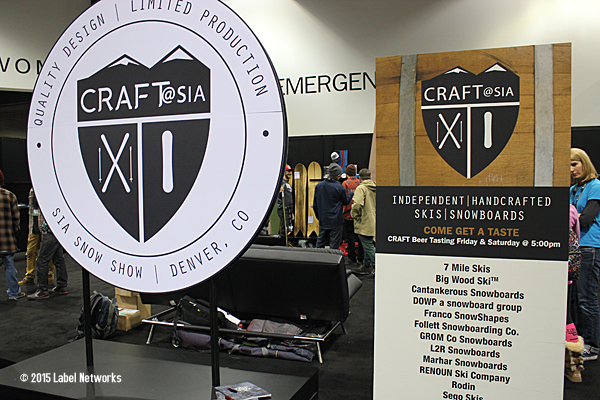
There were a number of wearable technology brands including GoPro which had a huge presence, and Sony, which actually has a cool AZiV Action Cam Mini (a sponsor of Tony Hawk). Trends in lens were also important. Oakley showcased a huge goggle where people could stand behind it and see the differences and definitions of the video images of skiers and snowboarders in a screen in front. Oakley is at the forefront of improving glasses and goggles to deal with flat light issues on the mountain, or overly bright conditions which limit action sometimes because of snow-blinding whiteness.
The apparel and gear are reflecting trends ranging from the rise in heritage and outdoor camping lifestyles, as seen for example, with Burton’s Durable Goods and entire loft in downtown Denver which they transformed with conifers, campsites, and dirt, to classic designs of jackets and pants in muted colors.
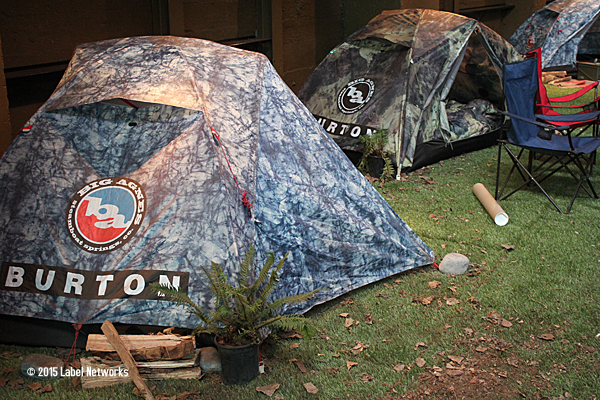
The growth in action insulation also means that many puffy jackets have slimmer silhouettes and outwear pieces no longer need to be as big. If anything, the profile of the winter sports enthusiast is much more defined, tailored, and modern. It’s easy to see many jackets, for example, not only great for the mountain, but also for the city streets during winter, such as the dyed effects in bright colors and black from brands like Nikita or Burton.
The Craft SIA area is an interesting location at this trade show, as it allows for smaller brands to have space to tell their stories. For example, Mahar, a snowboard brands that builds boards in Michigan, proved that the rise in niche, custom boards is an important and improving category. There were several brands located here and in other parts of the show that demonstrated a trend for Made in America, mixed with craftivism, and artisanal pride in boards, skis, and topsheet designs.
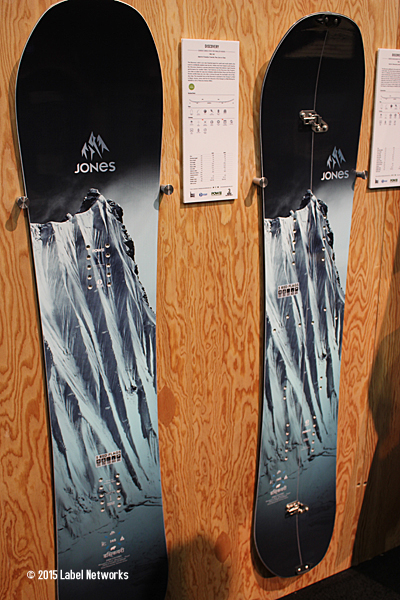
Part of this movement stems from the growing concern for sustainability in snow sports. There were more hardgoods and softgoods, particularly in athleisure and first-layer pieces, that have taken sustainability extremely seriously.
POW (Protect Our Winters) hosted a powerful conference on January 30th featuring David Roberts from Grist, who illustrated the bleak reality of global climate change and effects it is having on the winter sports industry. He pointed out that the snow industry has unique access to young and wealthy people, generating some $60 billion. “But it has to go beyond mild greening of hills. We need to change policy significantly and talk to young people about getting off of fossil fuels.”
He went on to say that there needs to be a societal movement on the scale of mobilization that was done in the United States before World War II. If global climate change does reach the 2-degree increase, which is the current threshold that is “allowed,” then you’re talking about Park City having zero snowpack by 2050.
“Two-thirds of known resources in the ground need to stay in the ground,” continued Roberts, “in order to not reach 2 degrees warmer temperatures.” He called for industry-wide action, ideas for change like writing your Congressman, shut coal plants and support organization that push this, and provide support for alternative energy strategies.
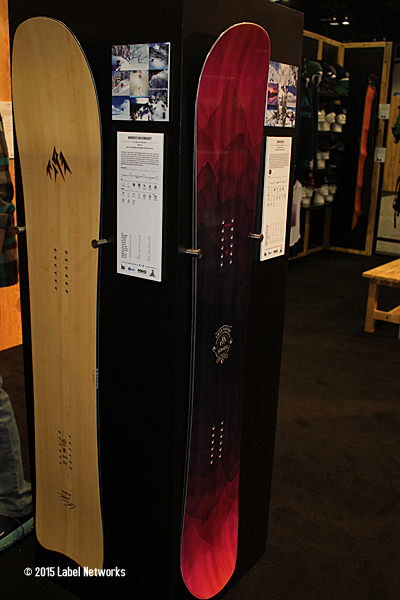
There are many similarities to what I saw at SIA in comparison to the week previous at Outdoor Retailer trade show in Salt Lake City, UT. The outdoors, in general, is in the middle of significant shifts that are coming from a new demographic of young people who are tech-savvy, well aware of the state of things, and have different influences for spending their dollars. There are some brands in snow sports that are leading the charge in tapping into the new cultures of growth, but still too many that are complacent—thinking that things are still OK. Numbers of participants are down, however, and in our research, we can see why a new demographic of young people are not choosing winter sports at all.
By seeing the SIA show beyond the big booths of traditional brands, where the innovative niche brands tapping into new cultures of potential participants clearly have the most action, this is where the industry will gain its growth. The reality is that in less time than most people think, the snow sports industry will look very different than it does today.
